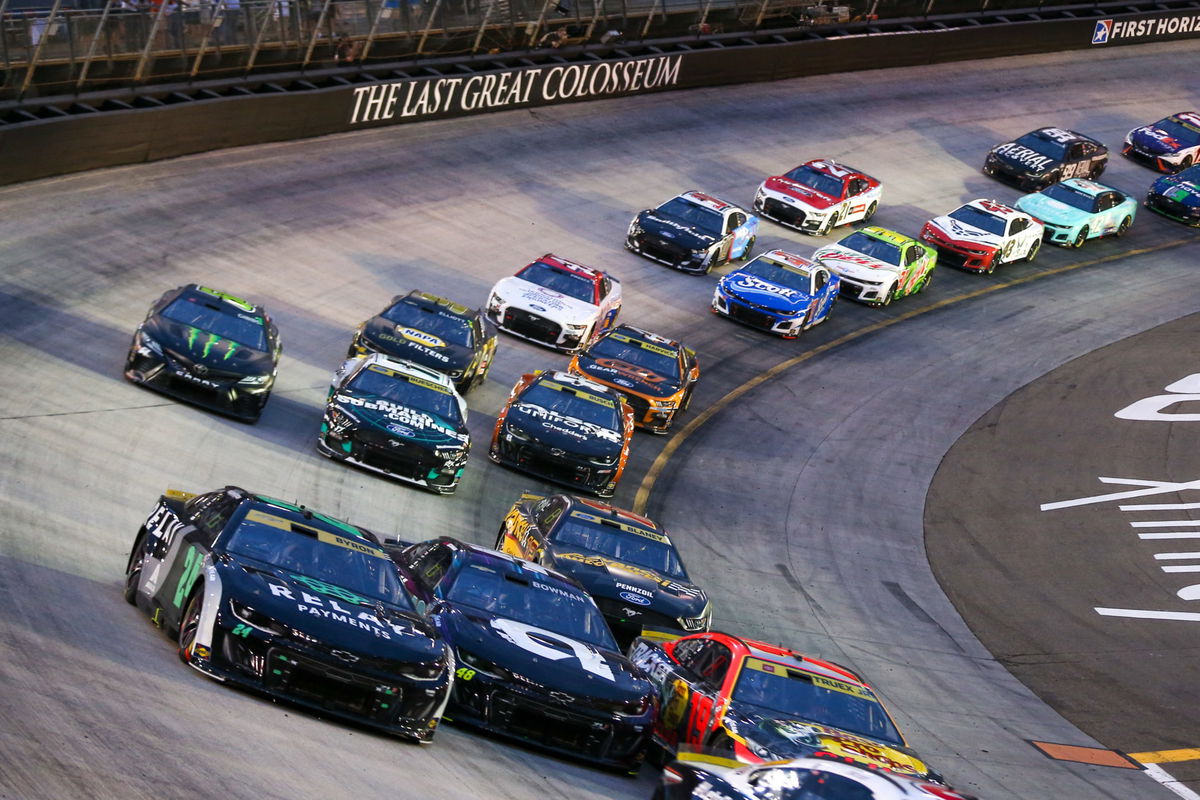
USA Today via Reuters
Sep 16, 2023; Bristol, Tennessee, USA; NASCAR Cup Series driver William Byron (24) and driver Martin Truex Jr. (19) and driver Alex Bowman (48) during the Bass Pro Shops Night Race at Bristol Motor Speedway. Mandatory Credit: Randy Sartin-USA TODAY Sports

USA Today via Reuters
Sep 16, 2023; Bristol, Tennessee, USA; NASCAR Cup Series driver William Byron (24) and driver Martin Truex Jr. (19) and driver Alex Bowman (48) during the Bass Pro Shops Night Race at Bristol Motor Speedway. Mandatory Credit: Randy Sartin-USA TODAY Sports
The number of incidents Bristol had because of the tires is unbeatable. For the first time since the dust of 2020 settled, we were back to racing on concrete, not dirt, at Bristol. And boy, those tires were throwing in the towel quicker than you can say “pit stop,” causing 54 lead changes—a record for the short track.
Watch What’s Trending Now!
Big names like Denny Hamlin, Bubba Wallace, and Kyle Busch, who were flying high, had to put the brakes on and limp to pit road. But now, Greg Stucker, Goodyear’s tire chief, is stepping into the spotlight with some comments that caught everyone off guard.
ADVERTISEMENT
Goodyear’s top guy mentioned that the track’s acting different this time around
While the race was going down, the Goodyear director, Greg Stucker, stepped up to chat about the wild tire situation at Bristol Motor Speedway. When asked about the hiccup, he shared that they did some testing on the track last fall, aiming to create a tire setup that would wear down more since that’s what NASCAR and the teams were after. They left feeling pretty good about the test.
But now, they’re scratching their heads, trying to pin down why the track’s throwing additional issues. He said, “We’re trying to understand what’s different: what’s behave-wise, why is the racetrack behaving differently this weekend, and what then what it did? uh… a year ago it’s the same uh… the same package It’s the same power combination. Obviously, the differences resin was placed on the lower groove instead of the PJ one Yet I still think the racetrack should be taking rubber as it did last fall and took rubber immediately during that race. So still a bit of an unknown as far as why it’s not behaving the same way, that being the race track.”
The Goodyear’s bigwig also went on to explain that while they aim for tire wear since it spices up the race with drivers having to manage their tires wisely, something’s off this year. “Obviously, something’s different now. So, this is too drastic,” he pointed out, noting the track’s reluctance to take rubber-like before.
ADVERTISEMENT
Goodyear’s Greg Stucker on the tire issues seen today: pic.twitter.com/CmoEHpXLnl
— Bob Pockrass (@bobpockrass) March 17, 2024
When prodded about whether the temperature might be the culprit, he quickly brushed that off as well, “No, really, if you recall last, you know, last September, we fought rain, right? So it was cool with rain.” He highlighted that the truck race rolled out just as they expected, with the track gobbling up rubber right off the bat and tire wear matching their past experiences. It’s kind of baffling to Goodyear as well currently, as to why they didn’t see the same play out in the Cup race. And while Goodyear is trying to figure out what went wrong, NASCAR’s favoritism toward resins has not reduced at all.
ADVERTISEMENT
Top Stories
Ross Chastain Labels NASCAR Driver “The Most Punchable Face” to Excuse Himself Over Punchgate Controversy
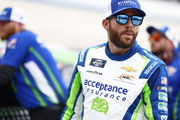
Jimmie Johnson Poaches Richard Childress’ Key Ally Ahead of NASCAR 2026 Season
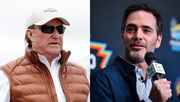
When Rick Hendrick Walked Away From $1,000 to Avoid Dale Earnhardt Sr’s Wrath
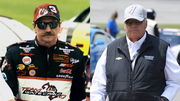
NASCAR’s Next Big Villain Named as Denny Hamlin Enters Fans’ Good Books

Commissioner Steve Phelps Quits NASCAR Days After Getting Exposed in Lawsuit Trial
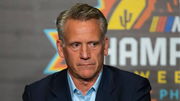
NASCAR still backs the decision to apply resin to the track despite the tire drama at Bristol
After last year’s night race at Bristol got pushed back, they gave PJ1, a sticky compound, a shot but found it too slick, almost like greasing the track, according to John Probst, NASCAR’s bigwig on racing development. So, they switched to resin for the track. Fast forward to Sunday’s epic race at Bristol, and it was apparent that something was up.
The race saw nine cautions, yet none in the last 100 laps. This time around, drivers had to strategize their pit stops like never before, diving in for green-flag stops towards the end.
ADVERTISEMENT
John Probst, NASCAR’s chief racing development officer, admitted there were moments of worry, especially about running out of tires. “There were times in the race, obviously, when there was anxiety around ‘are we going to have enough tires to finish it?’ But man, coming out at the end and watching all that, I would not want to change much at all, honestly, just maybe give them more tires.”
He’s all for using resin on the track, saying despite the tire wear scare, it turned out to be one heck of a short track showdown, maybe one of the best we’ve seen.
ADVERTISEMENT
ADVERTISEMENT
ADVERTISEMENT
ADVERTISEMENT

